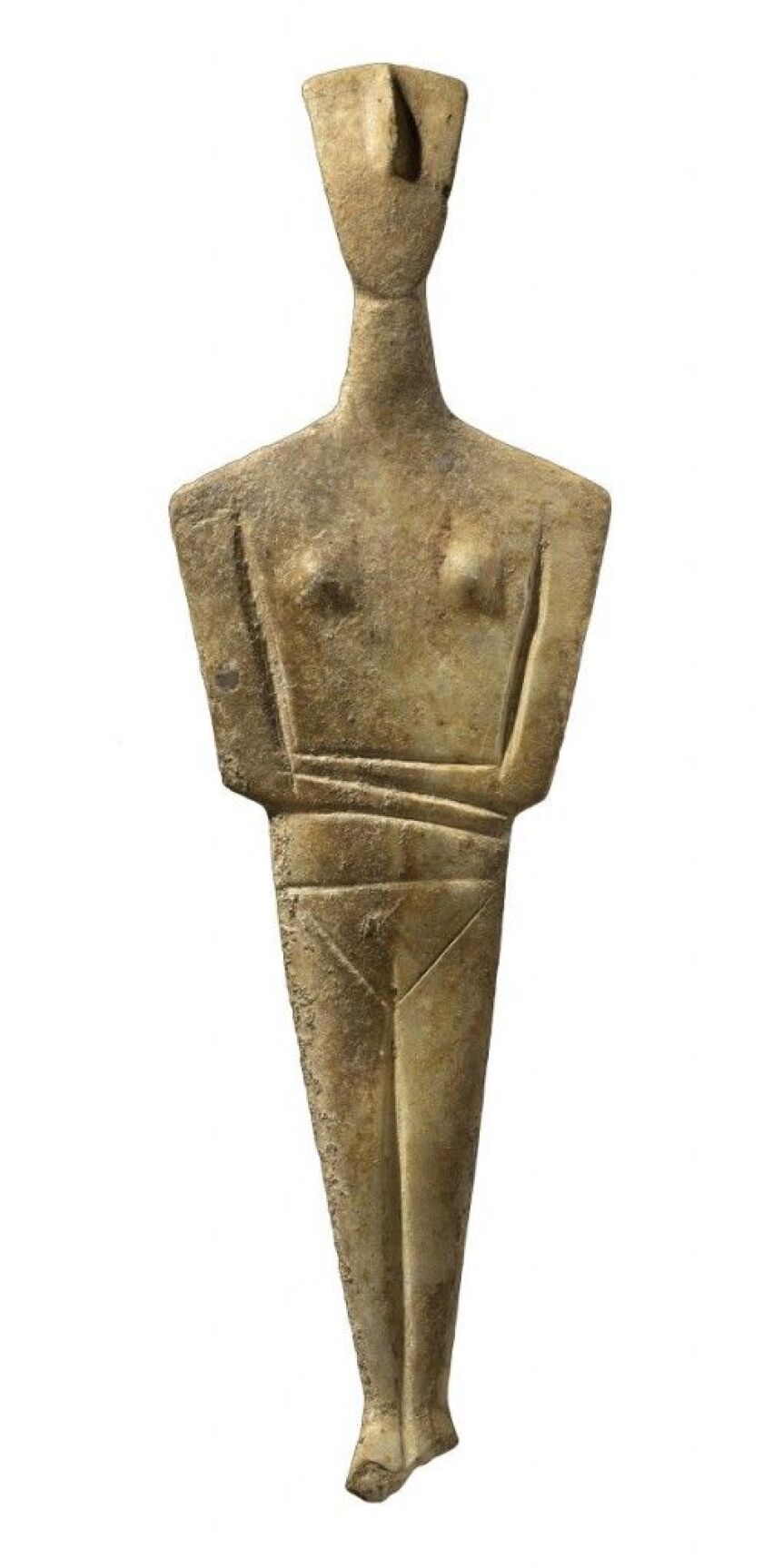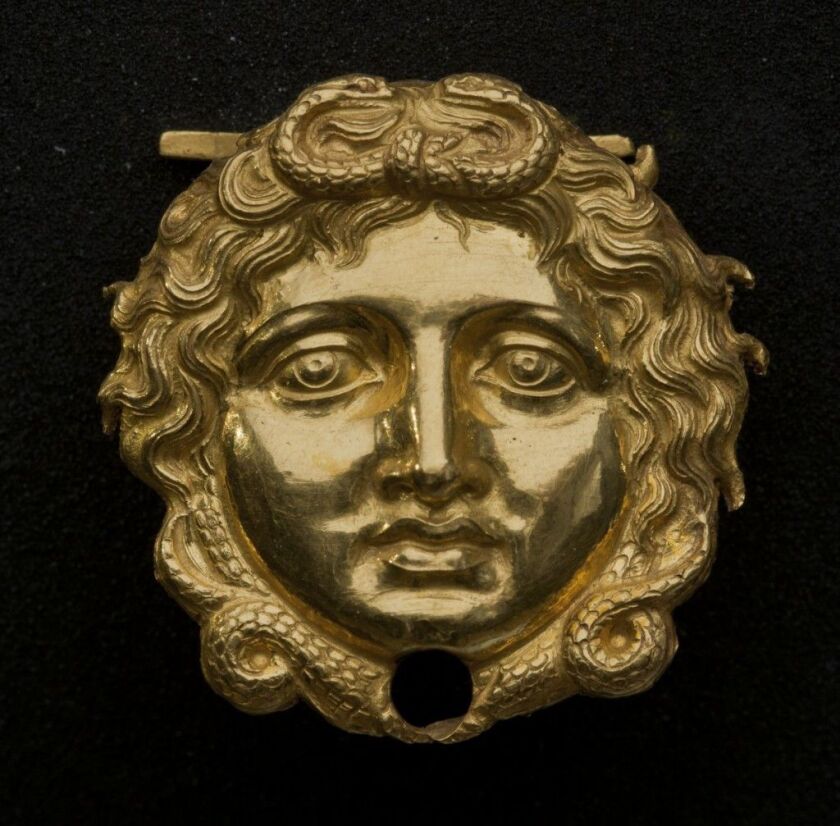If time, money and logistics were no issue, you could conceivably fly to Greece, visit 21 different museums in Athens, Thessaloniki, Pella, Mycenae, Vergina, Delos, Sparta and Herakleion, and see 500 priceless, widely varied artifacts that span 5000 years of history — from the Neolithic period of the early 6th millennium B.C., to the Alexandrian empire of the first couple of centuries B.C.
But, between Nov. 25, 2015 and April 10, 2016, you can make just such a “once-in-a-lifetime” trip in record time and at very low cost simply by heading to the Field Museum, where a new exhibition, “The Greeks: Agamemnon to Alexander the Great,” will bring together sculpture, masks, vases, jewelry, armaments and archeological treasures rarely permitted to leave their country of origin. More importantly, the show will use these objects to explore the evolution of ancient Greek politics, economics and culture, and provide a better understanding of the fertile soil out of which grew the democratic concepts, literature, theater, art, architecture and athletics considered foundational elements of Western civilization.
Developed in conjunction with the Hellenic Ministry of Culture, Education and Religious Affairs in Athens, two Canadian museums (the show already has been seen in Ottawa and Montreal), and the National Geographic Museum in Washington, D.C. (where it will head following its U.S. debut at The Field), “The Greeks” is being presented in Chicago in partnership with the handsome and intimate National Hellenic Museum located at 333 S. Halsted, in the heart of Chicago’s “Greek Town.”
Chicago has certainly been no stranger to Greek culture in recent seasons. This is, after all, the city that flocked to “All Our Tragic,” The Hypocrites’ award-winning production – a daylong marathon of all the existing Greek tragedies. And a vividly modern, 90-minute production of Aeschylus’ “Agamemnon” is now on stage at Court Theatre through Dec. 6. But the Field Museum show will take a more expansive look at the history.
‘THE GREEKS: AGAMEMNON TO ALEXANDER THE GREAT’
When: Nov. 25, 2015 – April 10, 2016
Where: Field Museum, 1400 S. Lake Shore Dr.
Info: (312) 665-7100; www.fieldmuseum.org
“This is not just another art history show about the ancient Greeks,” said William Parkinson, an anthropologist and associate curator at the Field who is overseeing the show’s installation here.
“Its aim is to explore the way the people of that region perceived themselves and the world around them, and how this changed over many millennia. And the focus will be on telling this story through particular figures and individuals — some, like Agamemnon, who might be fictional in part, and some like Alexander the Great, who we know was very real. Along the way we look at the flowering of the city-states, and then Alexander’s takeover of most of the known world in what became the first imperial civilization. We also try to point out what was unique to this region, and what was taking place elsewhere, as well.”
Parkinson can barely suppress his enthusiasm as he describes the oldest object in the show: “It’s a tiny little amulet, just a few centimeters wide, from the Neolithic Period – a time when agriculture, and the cultivation of wheat and barley, was the way of life, along with the raising of sheep and goats. The amulet features a stylized representation of a crouching human, cowering before the gods. And then, one of the last objects in the exhibition is a head of Alexander the Great with horns on his head, suggesting that he has become a god.”
“The guiding metaphor in this exhibition is the coming of age of the individual – a story we tell through the objects,” Parkinson said. “We look back at the late Bronze Age, and at chronicles of the Trojan War. We look at the mask of the first king of what we now consider Europe – the first hereditary elite. And we see the astonishing classical era pieces, including a statue thought to depict the Spartan king, Leonides, whose troops battle the Persians in 480 B.C.”
NOTE: A timely complementary exhibit runs now through May, 2016 at the National Hellenic Museum. “Aegean: Creation of an Archipelago” will be the first-ever exhibition to explore the 20-million-year evolution of Homer’s “wine dark sea,” with the use of digital and audiovisual material, as well as fossils and a 14-meter petrified tree trunk. For additional information call (312) 655-1234 or visit http://www.nationalhellenicmuseum.org.









